Home>Construction & Tools>Building Materials>How To Fix EIFS Stucco
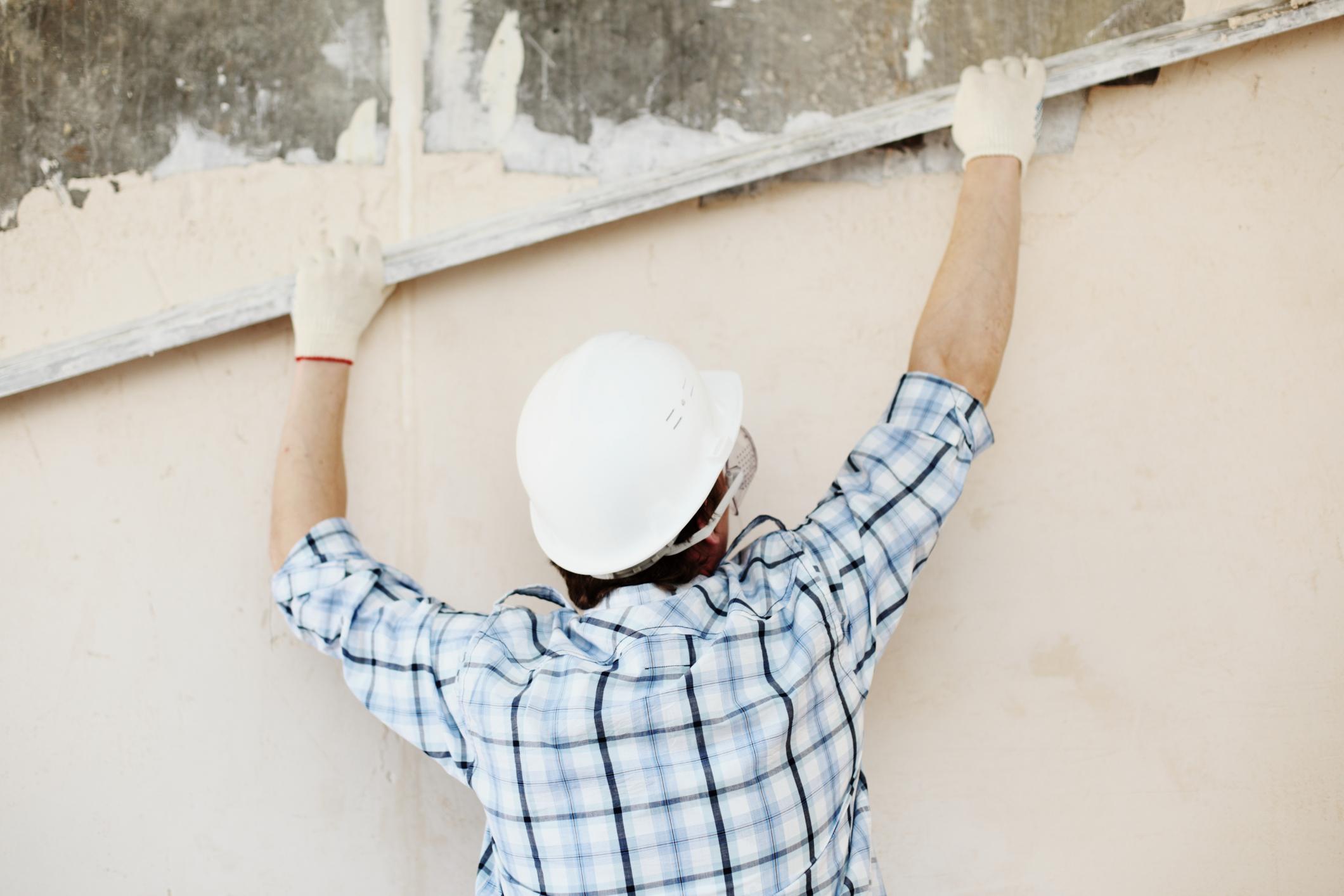

Building Materials
How To Fix EIFS Stucco
Modified: February 18, 2024
Learn how to fix EIFS stucco with our comprehensive guide. Discover the best building materials and techniques for a successful repair. Expert tips and advice included.
(Many of the links in this article redirect to a specific reviewed product. Your purchase of these products through affiliate links helps to generate commission for Storables.com, at no extra cost. Learn more)
Introduction
Welcome to the world of EIFS stucco, where timeless elegance meets modern construction. EIFS, or Exterior Insulation and Finish System, is a popular cladding choice for commercial and residential buildings. Its seamless appearance, energy efficiency, and design versatility have made it a sought-after option for architects, builders, and homeowners alike.
In this comprehensive guide, we will delve into the intricacies of EIFS stucco and explore how to tackle common issues that may arise. Whether you’re a seasoned contractor or a DIY enthusiast, understanding the nuances of EIFS stucco repair is essential for maintaining the structural integrity and aesthetic appeal of your property.
So, grab your tools and prepare to embark on a journey through the world of EIFS stucco repair. By the end of this guide, you’ll be equipped with the knowledge and skills needed to tackle EIFS stucco problems with confidence and precision.
Key Takeaways:
- Protect Your EIFS Stucco
Regularly inspect and maintain your EIFS stucco to prevent moisture intrusion, address cracks, and keep the surface clean. Timely repairs and proactive care can preserve its integrity and appearance. - Repairing EIFS Stucco
When repairing EIFS stucco, focus on thorough surface preparation, meticulous crack repair, and precise application of finish coats. Attention to detail and high-quality materials ensure long-lasting results.
Read more: How To Tell: Eifs Vs Stucco
Understanding EIFS Stucco
EIFS, or Exterior Insulation and Finish System, is a versatile cladding system that provides both insulation and an aesthetically pleasing exterior finish. Comprising multiple layers, EIFS is designed to enhance energy efficiency, improve weather resistance, and offer a seamless, customizable appearance. The system typically consists of a foam insulation board, a base coat reinforced with glass fiber mesh, and a durable finish coat.
One of the key advantages of EIFS stucco is its ability to mimic the look of traditional stucco, stone, or brick while offering superior insulation properties. This makes it an attractive option for buildings in diverse climates, as it helps maintain comfortable indoor temperatures and reduce heating and cooling costs.
It’s important to note that there are two types of EIFS: barrier and drainage. Barrier EIFS relies on the base coat to repel water, while drainage EIFS incorporates a drainage plane to manage moisture. Understanding the specific type of EIFS on your property is crucial for effective maintenance and repair.
Moreover, EIFS stucco is known for its flexibility, allowing for intricate architectural details and curved surfaces that may be challenging to achieve with traditional stucco or other cladding materials. This adaptability has contributed to its widespread use in both residential and commercial construction projects.
When properly installed and maintained, EIFS stucco can offer long-lasting performance and aesthetic appeal. However, like any building material, it is susceptible to wear and tear over time. Understanding the construction, composition, and benefits of EIFS stucco sets the stage for effectively addressing common issues and ensuring the longevity of the cladding system.
Identifying Common Problems
While EIFS stucco offers numerous benefits, it is not immune to potential issues that can compromise its integrity and appearance. Understanding the common problems associated with EIFS stucco is essential for proactive maintenance and timely repairs.
- Moisture Intrusion: One of the most prevalent issues with EIFS stucco is moisture intrusion. If water penetrates the system, it can lead to mold growth, deterioration of the substrate, and structural damage. Signs of moisture intrusion include discoloration, blistering, or bulging of the finish coat, particularly around windows, doors, and other penetrations.
- Cracking: Cracks in the EIFS finish coat can occur due to various factors, such as building settlement, temperature fluctuations, or impact damage. These cracks not only detract from the aesthetic appeal but also provide pathways for moisture to infiltrate the system.
- Deterioration of Sealant: The sealant used around windows, doors, and other openings can degrade over time, compromising the system’s ability to resist water infiltration. Cracked or missing sealant should be promptly addressed to maintain the integrity of the EIFS stucco.
- Delamination: Delamination refers to the separation of layers within the EIFS system, often caused by improper installation, moisture exposure, or substrate movement. This can manifest as a hollow or “drummy” sound when tapping the surface, indicating a loss of adhesion between the layers.
- Efflorescence: Efflorescence, the appearance of white, powdery deposits on the surface, is a common issue in EIFS stucco. It is often the result of water-soluble salts migrating to the surface and can detract from the visual appeal of the cladding.
Regular inspections of the EIFS stucco, particularly in areas prone to moisture exposure or structural stress, can help identify these and other potential problems early on. By addressing issues promptly and effectively, property owners can mitigate costly repairs and preserve the longevity of the EIFS cladding system.
Preparing the Surface
Prior to undertaking EIFS stucco repairs, thorough surface preparation is paramount to ensure the longevity and effectiveness of the remedial work. The following steps outline the essential preparation process:
- Clean the Surface: Begin by thoroughly cleaning the EIFS stucco surface to remove dirt, debris, and any contaminants that may hinder adhesion. Pressure washing or gentle scrubbing with a mild detergent can effectively eliminate surface impurities.
- Inspect for Damage: Conduct a detailed inspection to identify any cracks, delamination, efflorescence, or other issues requiring attention. Mark the areas that require repair to facilitate a systematic approach.
- Address Moisture Intrusion: Before proceeding with repairs, it is crucial to address any sources of moisture intrusion that may have contributed to the deterioration of the EIFS stucco. Repairing leaks, improving drainage, and enhancing waterproofing measures are essential steps to prevent future damage.
- Repair Substrate Damage: If the substrate beneath the EIFS stucco has sustained damage, such as wood rot or corrosion, it must be remediated before initiating repairs to the cladding system. This may involve replacing damaged materials and ensuring a sound foundation for the EIFS.
- Prime the Surface: Applying a suitable primer to the prepared surface promotes adhesion and uniformity for subsequent repair materials. The primer also aids in sealing the substrate and enhancing the bond between the existing EIFS and the repair materials.
By meticulously preparing the surface, property owners and contractors can create an optimal foundation for EIFS stucco repairs, maximizing the effectiveness and durability of the remedial work. Investing time and effort in this preparatory phase is fundamental to achieving long-lasting and aesthetically pleasing results.
When fixing EIFS stucco, make sure to properly prepare the surface by cleaning and repairing any damaged areas before applying a new layer of stucco. This will ensure a strong and long-lasting finish.
Repairing EIFS Stucco
Addressing issues such as cracks, delamination, and other forms of damage in EIFS stucco requires a systematic and meticulous approach. The following steps outline the process of repairing EIFS stucco to restore its structural integrity and visual appeal:
- Crack Repair: Begin by addressing any cracks in the EIFS finish coat. Using a high-quality elastomeric sealant, carefully fill the cracks, ensuring a smooth and uniform application. This step is crucial for preventing moisture intrusion and preserving the seamless appearance of the cladding.
- Delamination Remediation: If delamination is present, carefully remove the delaminated areas and prepare the substrate for reapplication of the EIFS system. Proper adhesion is essential to prevent future delamination and ensure the stability of the cladding.
- Application of Base Coat: Once the surface is prepared, apply a new base coat of EIFS, reinforcing it with fiberglass mesh to enhance strength and flexibility. This step serves as a foundation for the subsequent layers and contributes to the overall resilience of the cladding system.
- Integration of Texture and Finish Coat: After the base coat cures, apply the texture coat to match the existing finish, ensuring a seamless blend with the surrounding EIFS stucco. Once the texture is achieved, apply the finish coat to provide the desired color and aesthetic appeal.
- Curing and Inspection: Allow the repaired EIFS stucco to cure according to manufacturer recommendations. Once cured, conduct a thorough inspection to ensure the integrity of the repairs and the uniformity of the finish. Address any imperfections or discrepancies promptly to achieve a polished result.
When executing EIFS stucco repairs, attention to detail and adherence to best practices are essential for achieving durable and visually pleasing outcomes. By following a methodical approach and utilizing high-quality materials, property owners and contractors can effectively restore the functionality and allure of EIFS stucco, prolonging its lifespan and performance.
Read more: How To Fix Stucco Ceiling
Applying Finish Coats
The application of finish coats is a critical phase in the repair and maintenance of EIFS stucco, as it not only enhances the aesthetic appeal but also contributes to the overall durability and weather resistance of the cladding system. The following steps outline the process of applying finish coats to EIFS stucco:
- Selecting the Finish Coat: Choose a high-quality finish coat that aligns with the desired aesthetic, weather resistance, and durability requirements. Consider factors such as color retention, texture, and compatibility with the existing EIFS stucco system.
- Surface Preparation: Ensure that the repaired and primed EIFS surface is clean, free of debris, and adequately primed to promote optimal adhesion of the finish coat. Address any imperfections or irregularities to create a smooth and uniform substrate for the finish application.
- Application Technique: Utilize the recommended application technique for the chosen finish coat, whether it involves trowel application, spraying, or other methods. Pay attention to achieving an even and consistent application to avoid variations in texture and color.
- Texture and Aesthetic Enhancement: If a textured finish is desired, employ techniques to create the preferred texture, such as stippling, swirling, or other decorative patterns. This step adds depth and visual interest to the EIFS stucco, contributing to its architectural appeal.
- Curing and Protection: Allow the finish coat to cure according to the manufacturer’s specifications, protecting it from environmental factors that may compromise the curing process. Ensure that the newly applied finish coat is shielded from moisture, excessive sunlight, and other potential sources of damage during the curing phase.
By meticulously executing the application of finish coats, property owners and contractors can elevate the visual impact and protective properties of EIFS stucco, resulting in a resilient and aesthetically pleasing exterior cladding. The careful selection of finish materials and precise application techniques are instrumental in achieving a flawless and enduring finish that enhances the overall appeal of the property.
Maintaining EIFS Stucco
Maintaining EIFS stucco is essential for preserving its integrity, appearance, and performance over time. By implementing proactive maintenance practices, property owners can mitigate potential issues and extend the lifespan of the cladding system. The following guidelines outline key strategies for maintaining EIFS stucco:
- Regular Inspections: Conduct routine inspections of the EIFS stucco to identify signs of damage, moisture intrusion, or wear. Focus on vulnerable areas such as around windows, doors, and penetrations, as well as areas prone to structural stress.
- Addressing Moisture Intrusion: Promptly address any sources of moisture intrusion, including damaged sealant, cracks, or areas of delamination. Resolving moisture-related issues is crucial for preventing more extensive damage and preserving the structural integrity of the EIFS stucco.
- Cleaning and Maintenance: Regularly clean the EIFS stucco surface to remove dirt, debris, and environmental contaminants. Gentle pressure washing and mild detergent solutions can effectively rejuvenate the appearance of the cladding without compromising its integrity.
- Sealant and Joint Maintenance: Inspect and maintain the integrity of sealant and joints around windows, doors, and other openings. Address any cracked or deteriorated sealant promptly to prevent water infiltration and maintain the weather resistance of the EIFS stucco.
- Professional Inspections: Periodically engage qualified professionals to conduct comprehensive inspections of the EIFS stucco. Professional assessments can provide valuable insights into the condition of the cladding system and identify any underlying issues that require attention.
- Timely Repairs: Address identified issues and damage promptly, utilizing proper repair techniques and high-quality materials. Timely intervention can prevent minor issues from escalating into more extensive and costly problems.
By adhering to a proactive maintenance regimen and promptly addressing any issues that arise, property owners can ensure that their EIFS stucco remains resilient, visually appealing, and structurally sound. Consistent care and attention to the cladding system contribute to its long-term performance and the overall aesthetic excellence of the property.
Frequently Asked Questions about How To Fix EIFS Stucco
Was this page helpful?
At Storables.com, we guarantee accurate and reliable information. Our content, validated by Expert Board Contributors, is crafted following stringent Editorial Policies. We're committed to providing you with well-researched, expert-backed insights for all your informational needs.
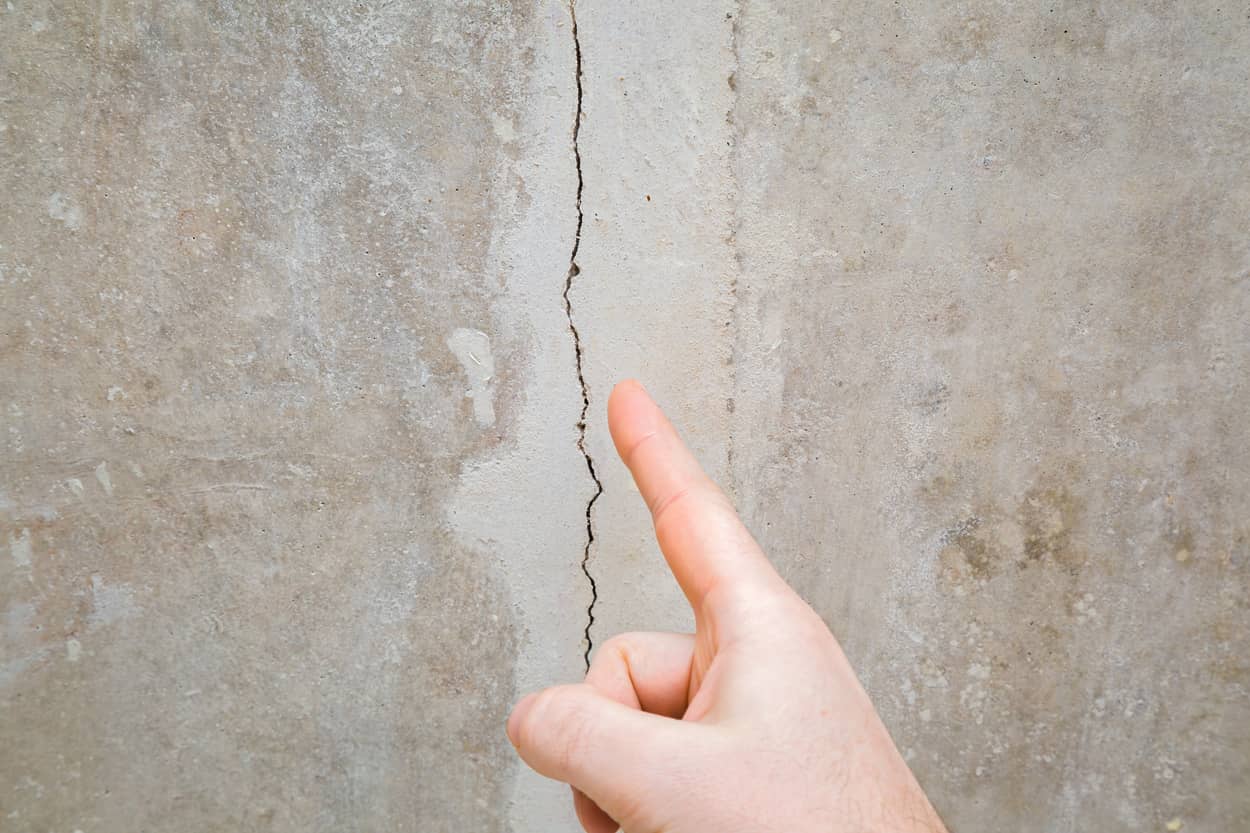
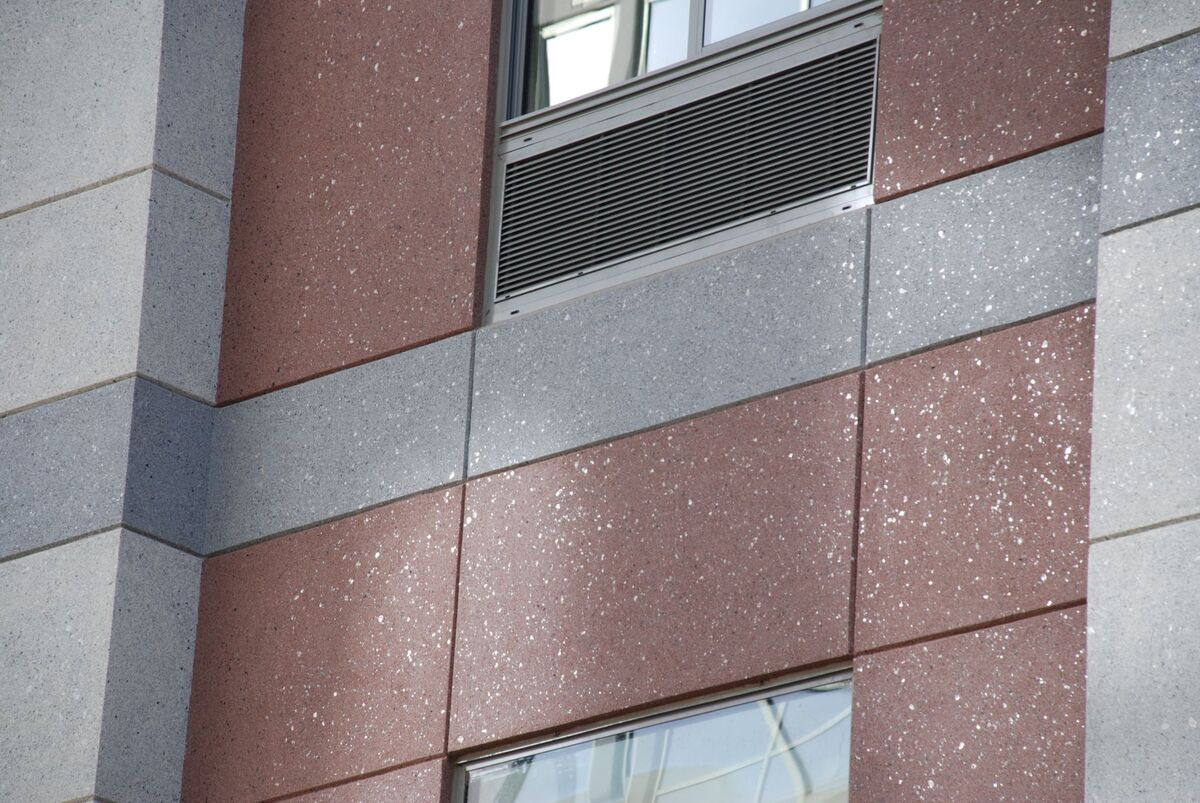
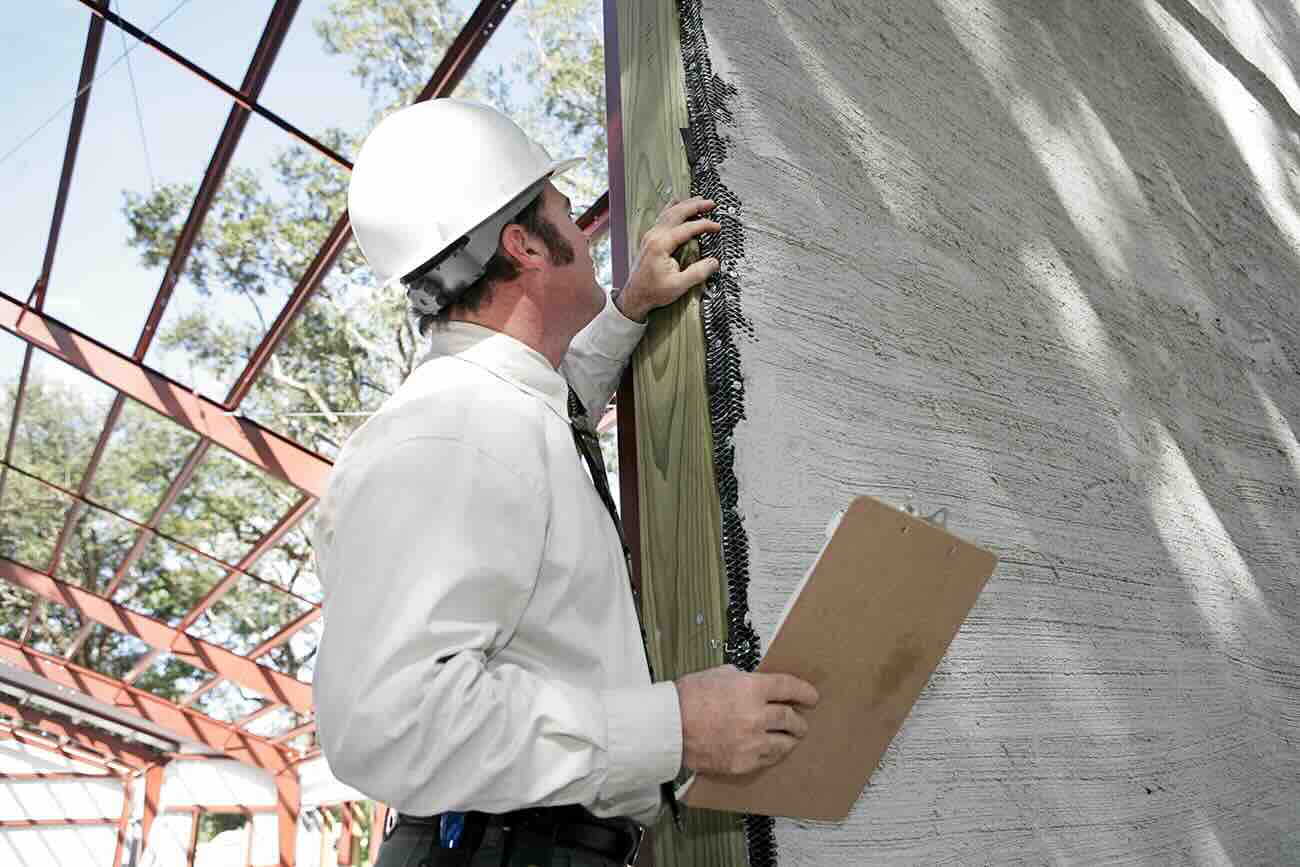
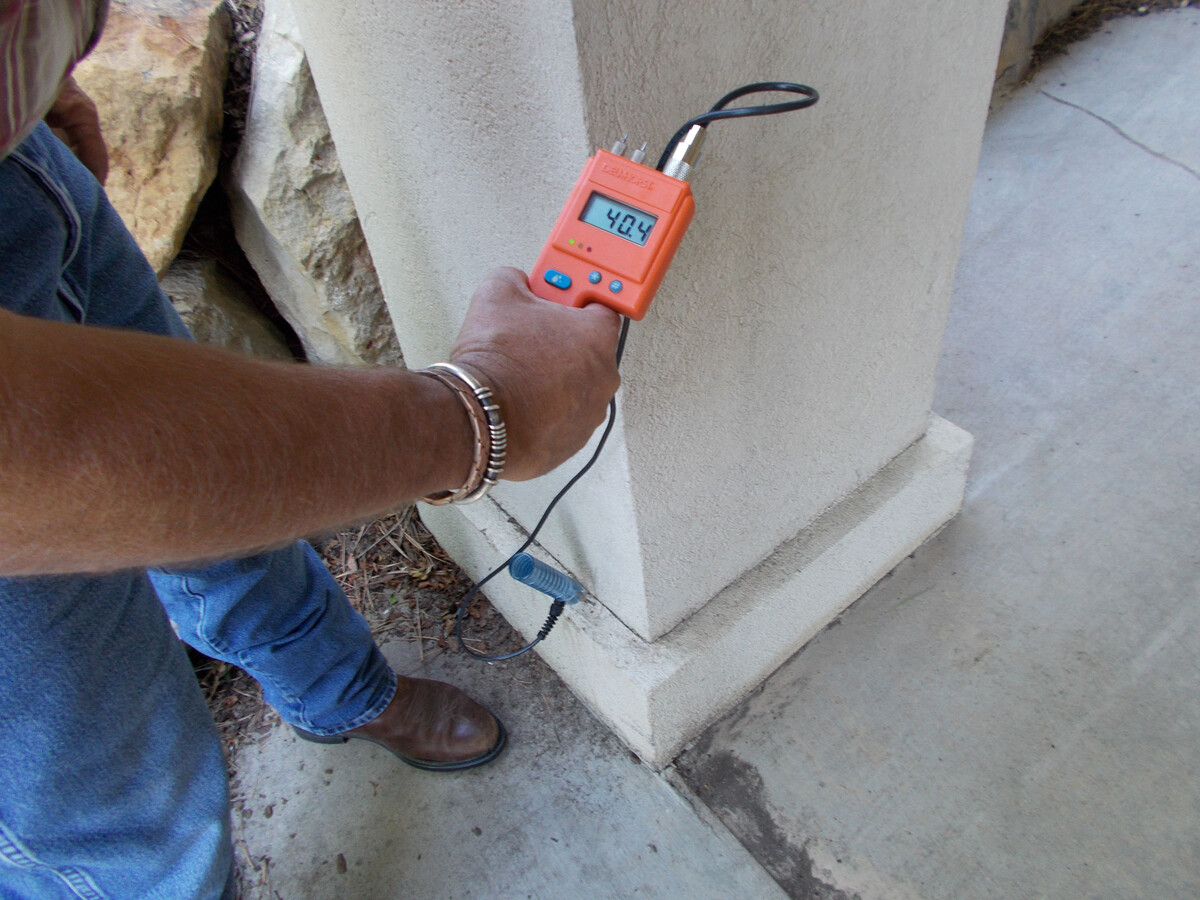
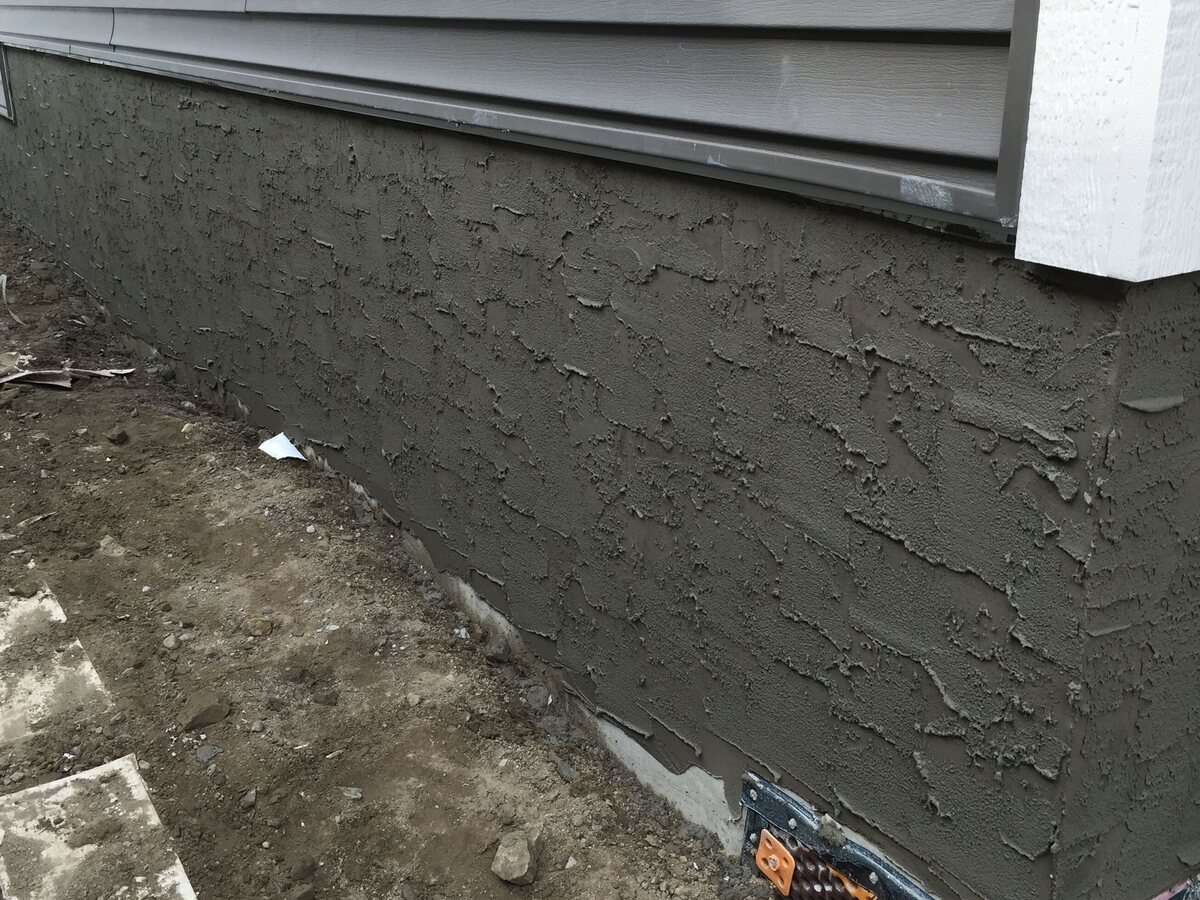
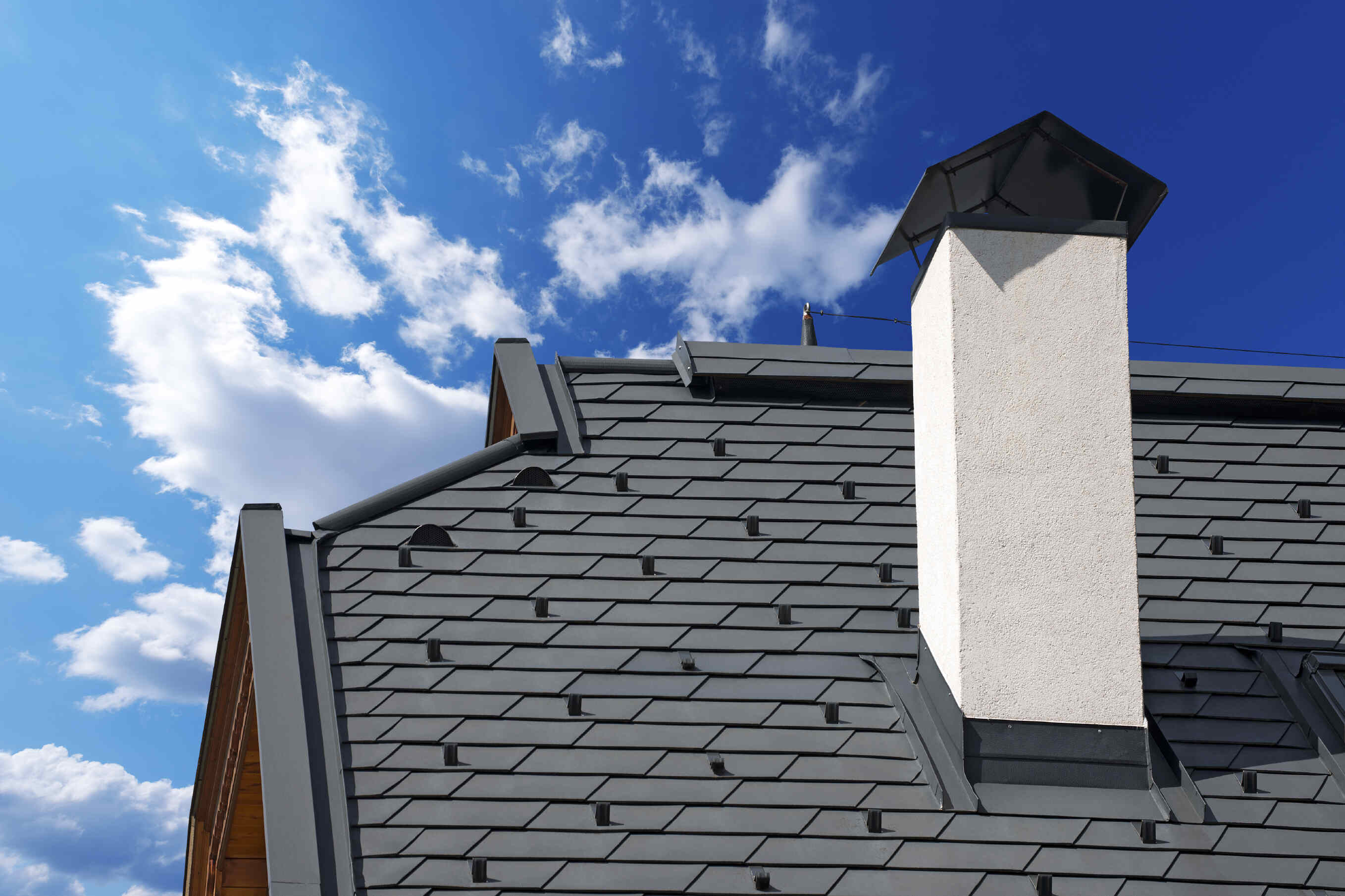
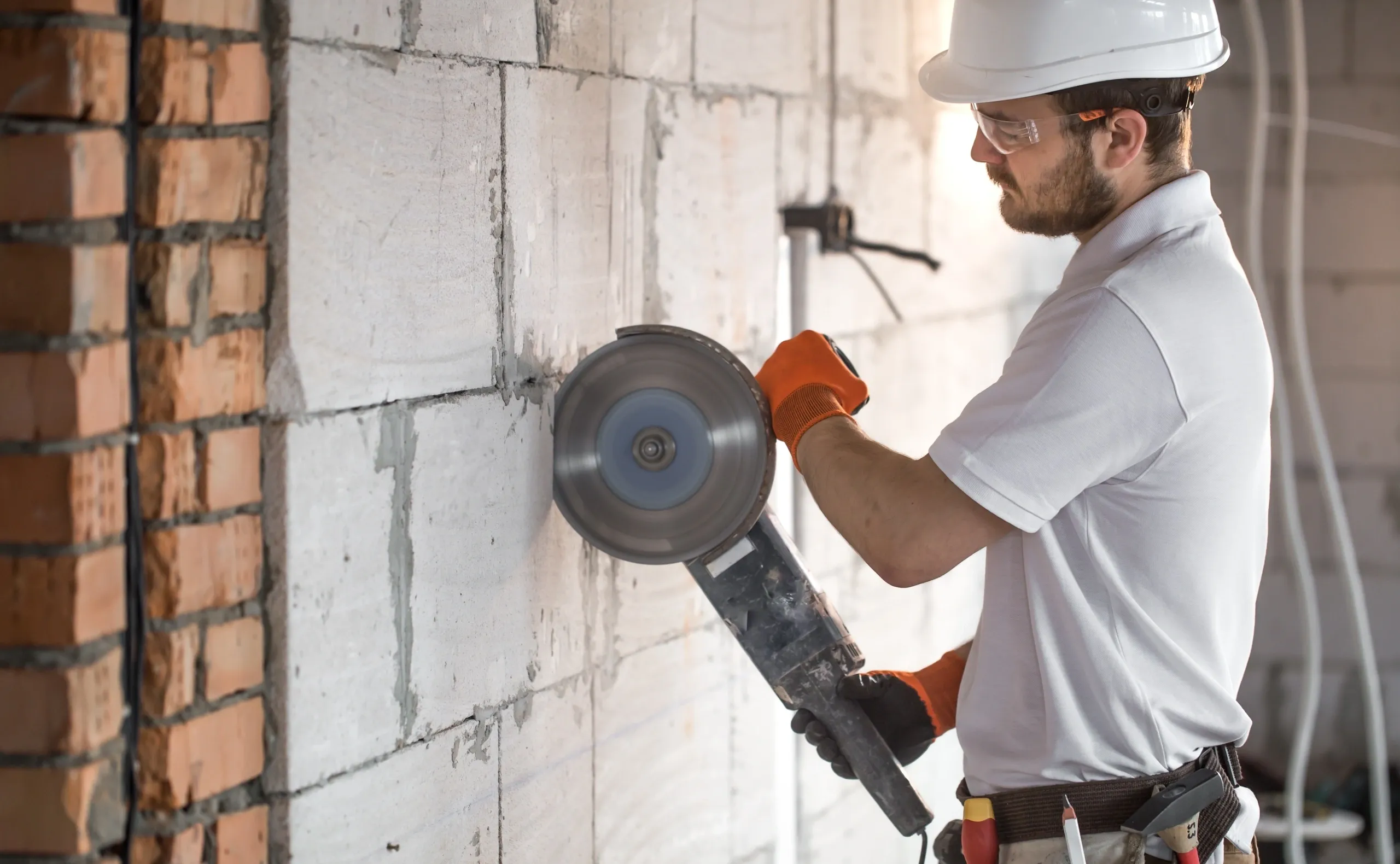
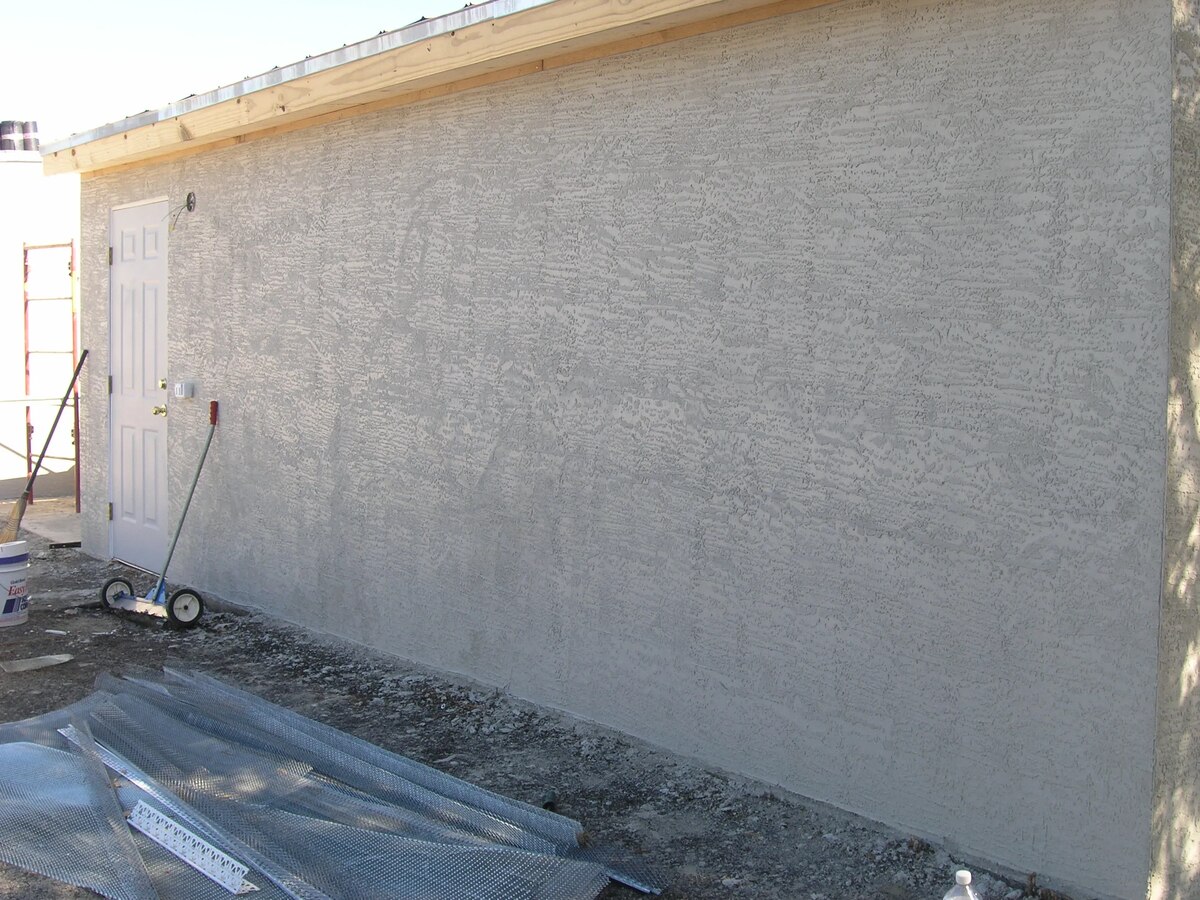
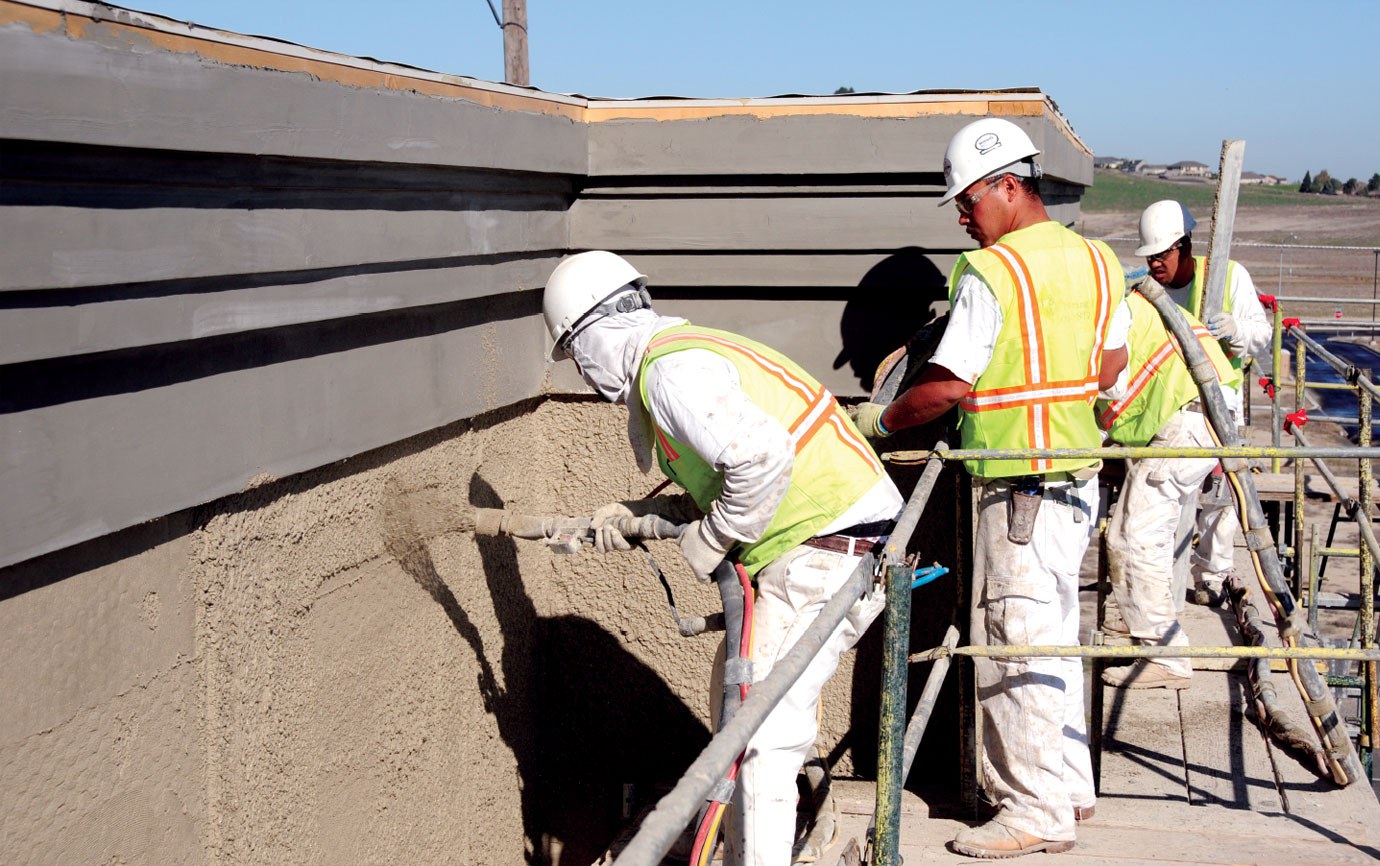
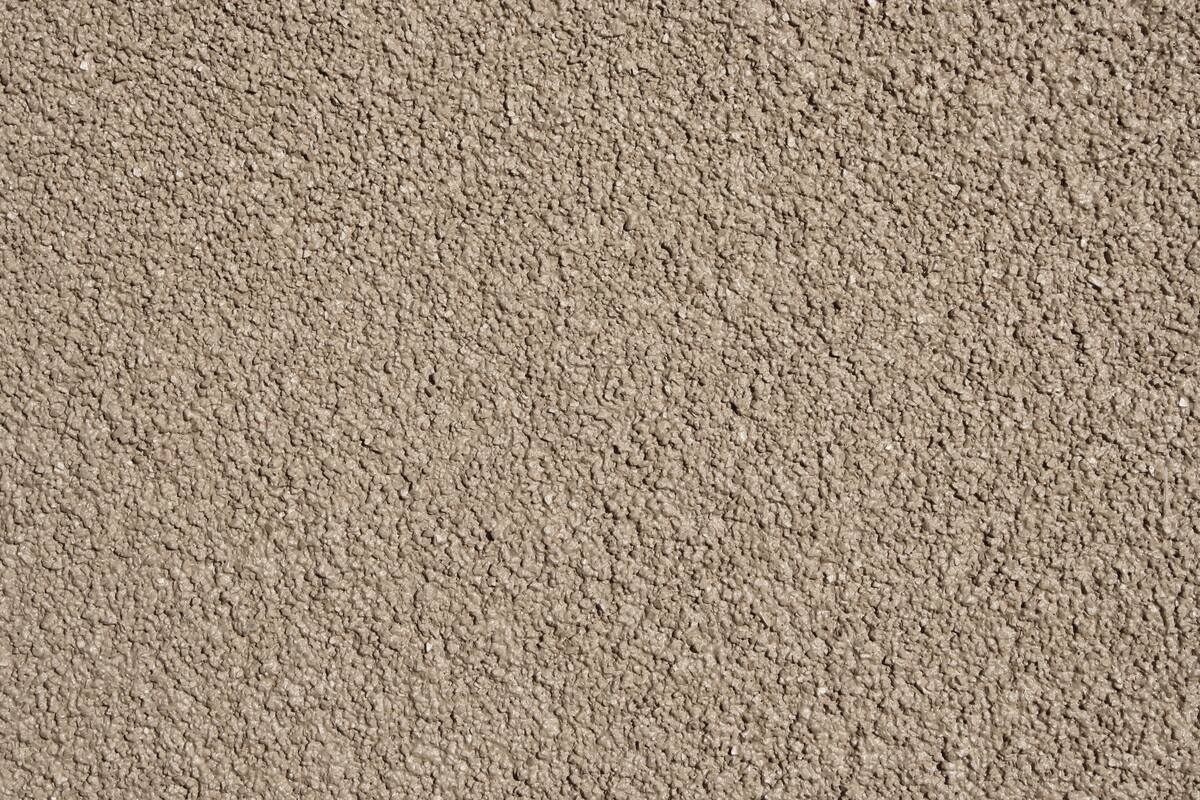
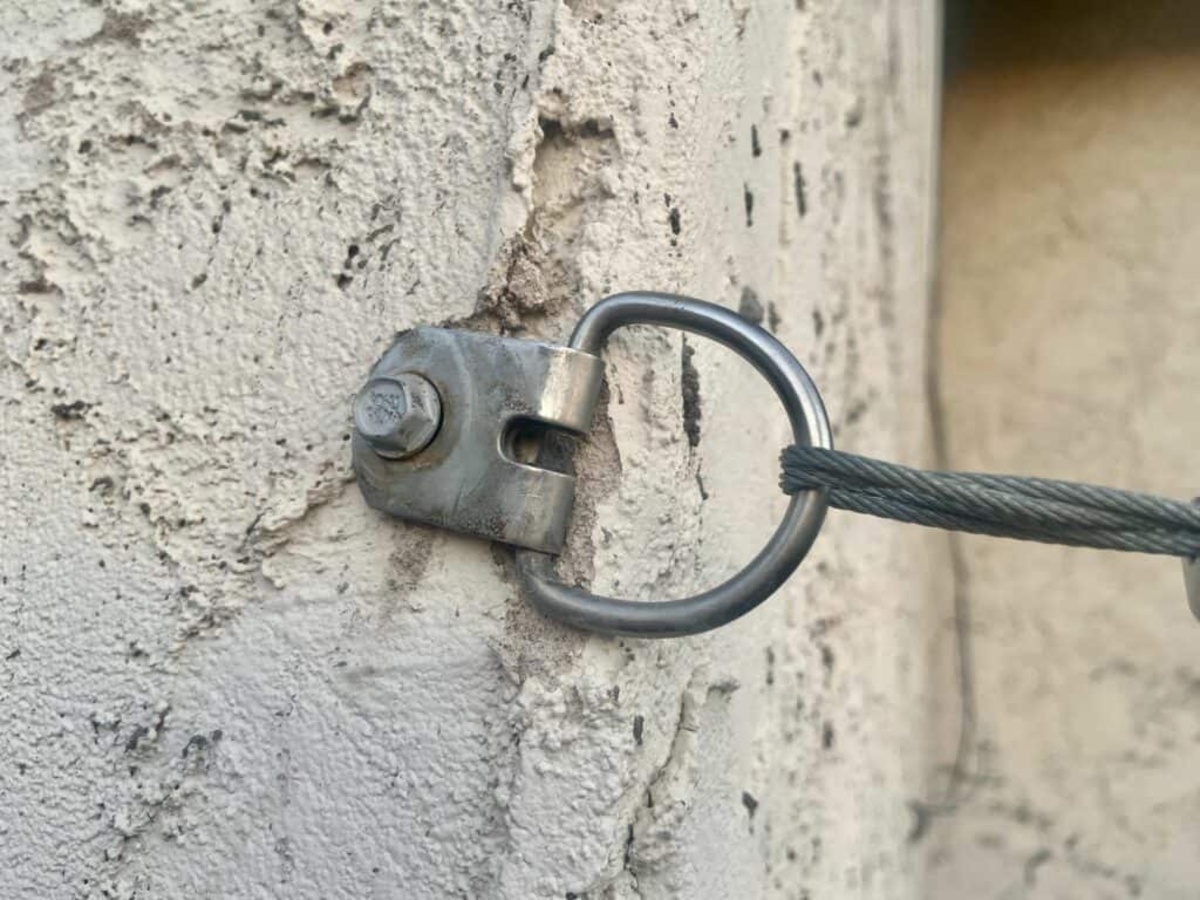
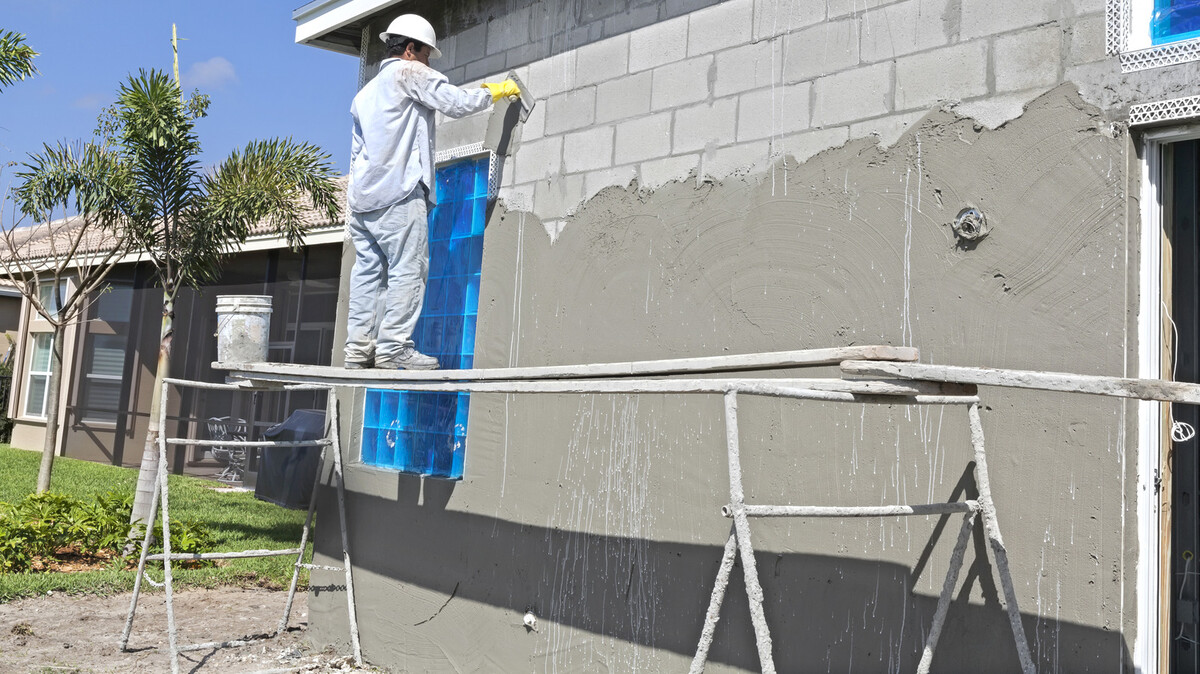
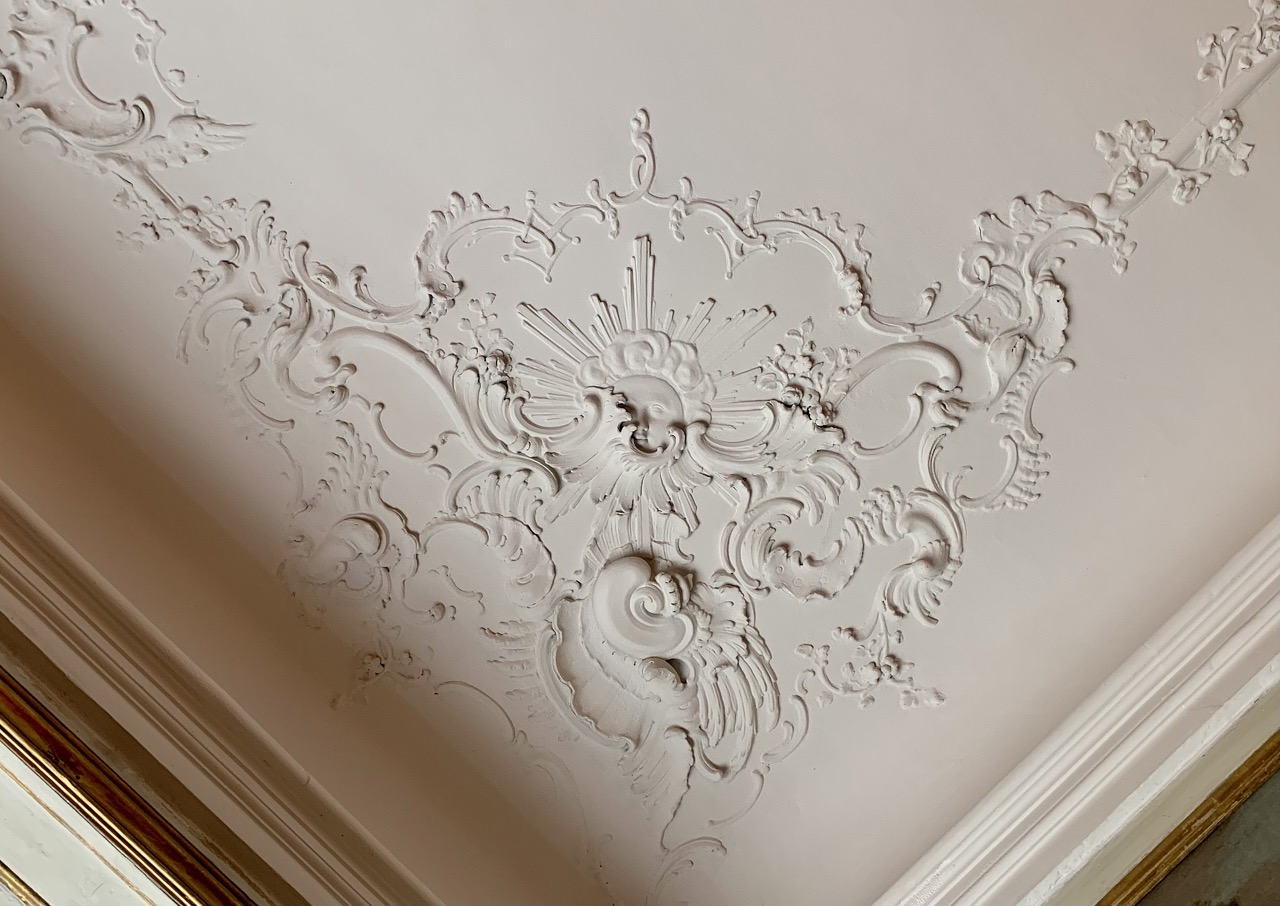
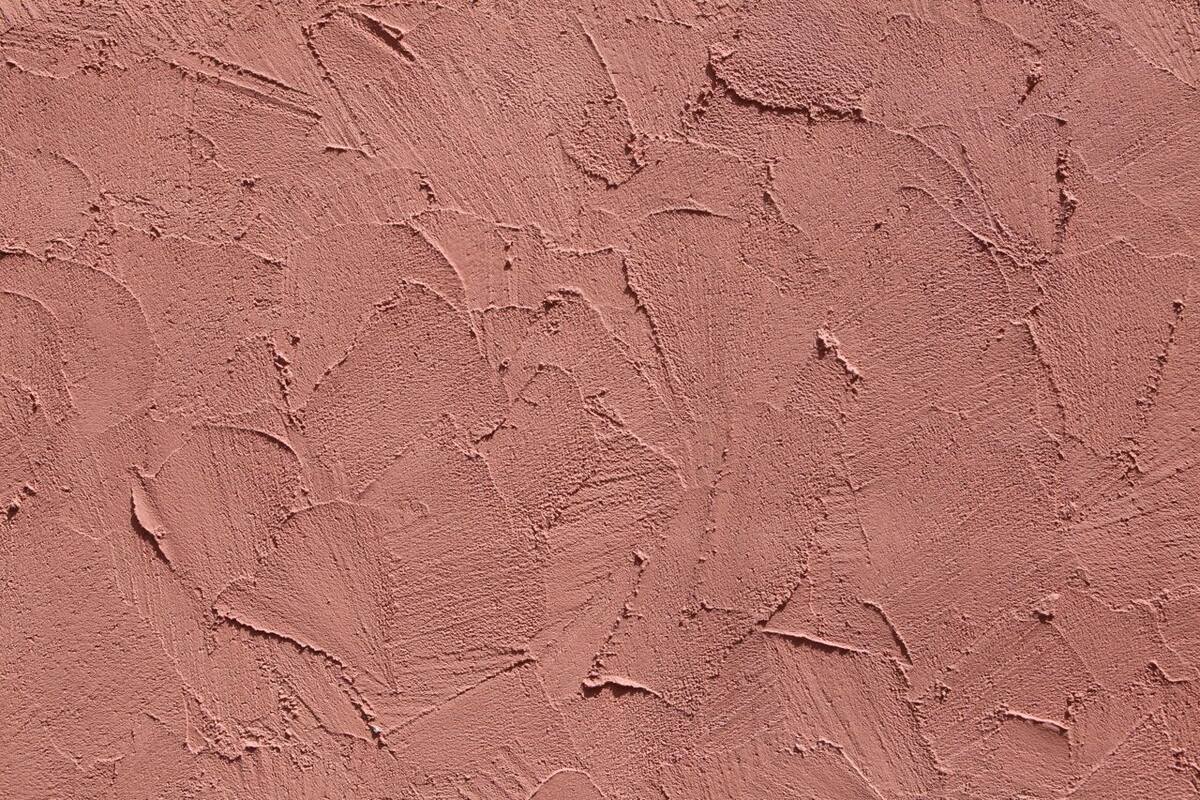

0 thoughts on “How To Fix EIFS Stucco”